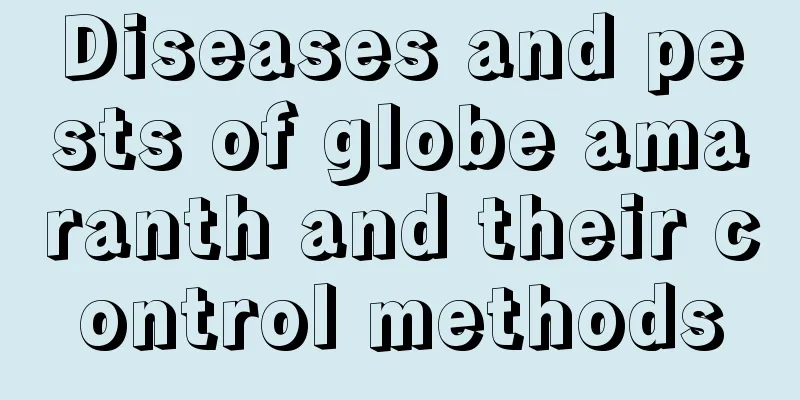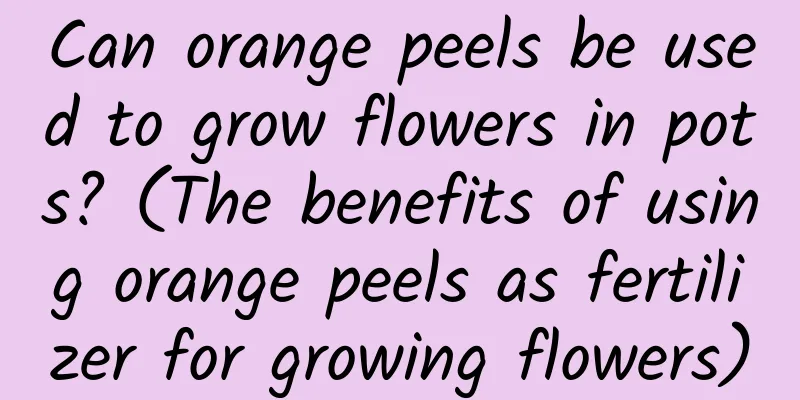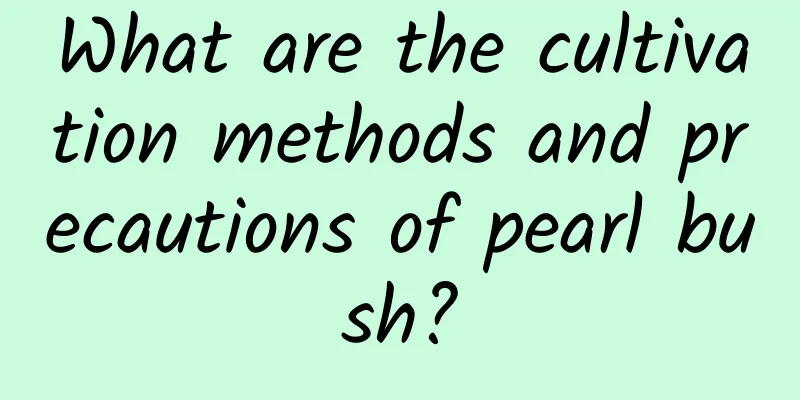Diseases and pests of globe amaranth and their control methods

Globe amaranth leaf spotsymptomWhen the disease occurs, nearly circular spots will appear on the leaves of the plant, with a diameter ranging from 2 to 7 mm. They are grayish white or grayish brown, with darker edges and a purple-brown halo. Irregular gray-brown spots may also appear on the leaf tips or edges. The spots gradually expand and the leaves may crack and fall off. Prevention and treatment methodsRemove spotted leaves immediately to avoid infecting other plants. Apply more phosphorus and potassium fertilizers, control the content of nitrogen fertilizers, and enhance the disease resistance of plants. Spray pesticides in time to control the disease in the early stage of the disease. You can consult the flower shop about spraying pesticides. Commonly used pesticides such as Huahushen and Carbendazim can be used. Once every 15 days, spray 2 to 3 times continuously. Globe amaranth damping-off diseasesymptomWhen the disease occurs, the stems and branches of the plant become soft and lean to one side, as if blown down by a strong wind. As the disease worsens, the stems and branches begin to rot, the leaves fall to the ground, and the plant slowly wilts and rots. Prevention and treatment methodsIn the early stage, the plant collapse is not serious and there is only slight lodging. Timely spraying of methyl thiophanate solution can alleviate the problem to a certain extent. If the stem of the plant has collapsed and started to rot, it cannot be saved unless the plant is pulled out in time. After pulling out, spray fungicides to avoid infecting other plants. Globe amaranth virus diseasesymptomIn the early stage, the main harm is to flowers and leaves. In severe cases, round necrotic spots appear, the leaves gradually turn yellow, and the flowers fall off, affecting the appearance. Viral diseases are mainly caused by infection of branches and leaves. Prevention and treatment methodsPrevent and control diseases and insect pests, and remove insects in time once they are found. Reduce plant wounds and avoid artificial wounds on the leaves during maintenance. Although our maintenance environment is said to be clean, it is actually full of bacteria. Prevent viruses from invading through the wounds. |
<<: Common diseases of Saxifraga and their control methods
>>: Common diseases and pests of tea and their control methods
Recommend
How to care for lilies in winter
Are lilies afraid of cold? Lilies are cold-resist...
Why does the water lily only grow leaves but no flowers?
Water lilies are loved by many gardening enthusia...
Canna flowering period
Canna flowering period The flowering period of ca...
Adenophora price
1. Price The price of Adenophora is not very expe...
How to take care of the newly bought Begonia
1. How to deal with Begonia after buying it The n...
Should I use a large or small pot for Tiger Pilan?
Should I use a large or small pot for Tiger Pilan...
Various terms for flower cultivation
1. Water 1. Withholding water: This means waterin...
What is the outlook for shiitake mushrooms in 2022 (Analysis of expected future market development of shiitake mushrooms)
Time flies, and in ten days or so we will enter 2...
The flower language and meaning of marigold, what are the legends and stories
1. The meaning of marigold flower language 1. Hea...
What are the signs of Clivia flowering?
1. Its flowering period Generally speaking, this ...
How many pounds of walnuts can be produced per acre? How much can one acre of walnuts produce and what is the price?
Walnut yield per mu Generally speaking, there are...
Cultivation methods and precautions of Japanese red maple
1. Maintenance methods 1. Soil: Japanese red mapl...
Can rose potted plants be placed indoors? How to grow them indoors?
1. Can it be placed indoors? Its potted plants ca...
The reason why lemon trees only bloom but do not bear fruit
The reason why flowers bloom but no fruits Water ...
Flowering period of common wedding flowers
1. Rose Roses are a type of flower belonging to t...









